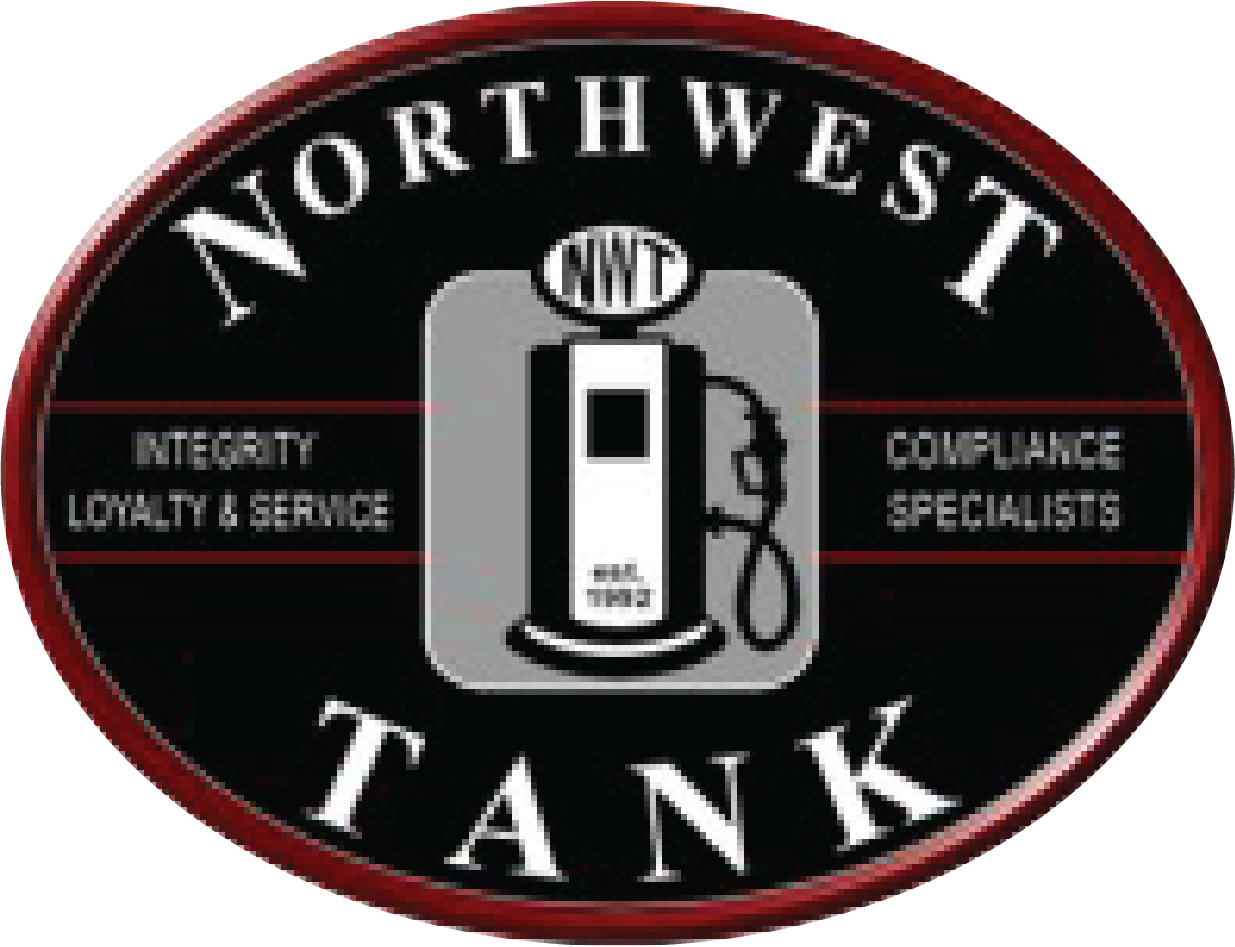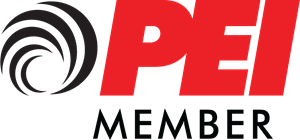Services > Vapor Recovery
Northwest Tank can help station owners comply with important Vapor Recovery Test requirements.
Vapor Recovery Test requirements vary based on the station location and fuel throughput. Permits obtained from the local clean air authority will further outline specific testing requirements for each site. Sites equipped with Stage II (Vacuum Assist or Balance) vapor recovery systems usually require testing. To determine the tests required for your site, Northwest Tank offers free consultations to assist station owners with compliance.
Tests conducted by Northwest Tank are completed in accordance with California Air Resource Board (CARB) executive orders and test procedures.
Static Pressure Decay Testing
Static Pressure Decay Testing is usually required annually for stations equipped with Stage II vapor recovery.
Requirements for Static Pressure Decay Testing:
- Maximum 25,000 gallons of Ullage (vapor space) in the gasoline system. Diesel is not included.
- Minimum of 1,000 gallons of Ullage in each tank.
- Minimum 6 inches of fuel in each tank.
- Minimum 3 hour period between fuel delivery and test.
- Example:
- Site equipped with (3) 10,000 gallon gas tanks (no diesel). This means the system capacity is 30,000 gallons.
- Must have a minimum of 5,000 gallons in the entire system at the time of the test to meet the maximum requirement of 25,000 gallons of Ullage. The following combination would suffice (or any combination):
- Regular 3,000 gallons
- Midgrade 1,000 gallons
- Premium 1,000 gallons
- No more than 9,000 gallons of fuel in each tank
- Each tank must have at least 6 inches of product to conduct the test
- Typical down-time for test: The entire station must be shut down for 30 minutes prior to conducting this test. Test length is 5 minutes; however, typical testing time varies from 1-3 hours depending on troubleshooting requirements.
To read more about the California Environmental Protection Agency Air Resources Board Vapor Recovery Test Procedure (Static Pressure Decay) (TP-201.3) click here.
Air to Liquid Ratio Testing
Air to Liquid Ratio Testing applies only to sites equipped with Stage II Vacuum Assist vapor recovery systems.
Requirements for Air to Liquid Ratio Testing:
- System must pass a Static Pressure Decay Test (see above).
- Technician will dispense 2.5 – 10 gallons of product from each grade at each fueling point (excluding diesel). All products dispensed are returned to the storage tanks.
- The test is conducted on one dispenser at a time.
- Typical down-time for test: 1.5 - 3 hours. Stations can remain open for the duration of this test.
To read more about the California Environmental Protection Agency Air Resources Board Air to Liquid Volume Ratio Test Procedure (TP-201.5) click here.
Dynamic Back Pressure
Dynamic Back Pressure Testing is conducted after installation or a retrofit of an existing system. Some Clean Air Agencies require this test on a regular basis (annually, bi-annually, etc.).
Requirements for Dynamic Back Pressure Testing:
- System must pass a Static Pressure Decay Test (see above).
- Typical down-time for test: The station must remain closed for this test. Total testing time varies from 0.5 - 2 hours.
To read more about the California Environmental Protection Agency Air Resources Board Air to Vapor Recovery Test Procedure (Dynamic Back Pressure) (TP-201.4) click here.
Stage I EVR Testing
All new construction Stage I systems require Stage I EVR configuration. Test requirements vary depending on requirements specified by the local clean air authority.
To view CARB Test Procedures for Stage I EVR click here.
Healy Stage II Testing
Monitoring systems are required to be tested in accordance with manufacturer guidelines. Northwest Tank’s team of experienced and highly trained technicians can thoroughly inspect the programming, sensor placement, and sensor operation of such monitoring systems in accordance with established manufacturer guidelines.
To learn more about third-party evaluations and to determine the testing requirements for your monitoring system click here.
Requirements:
- Access to monitoring system console.
- Access to all sensors or probes.
- Typical down-time for test: 1-2 hours depending on the number of components in the system. Sites not programmed for positive shut-down with tanks away from high traffic dispensing area may not have any down-time for this test.


